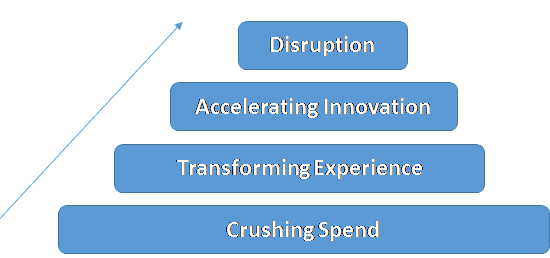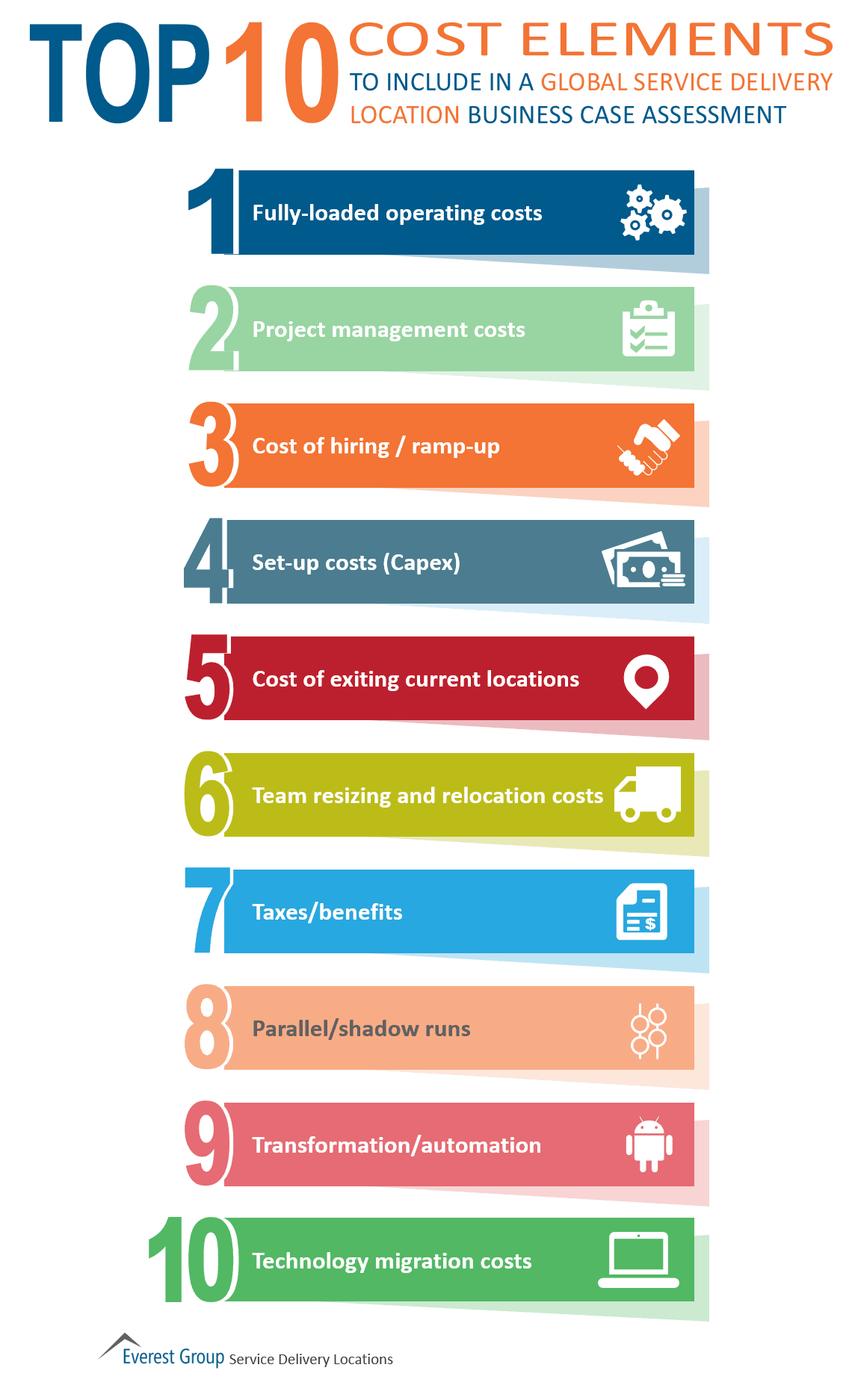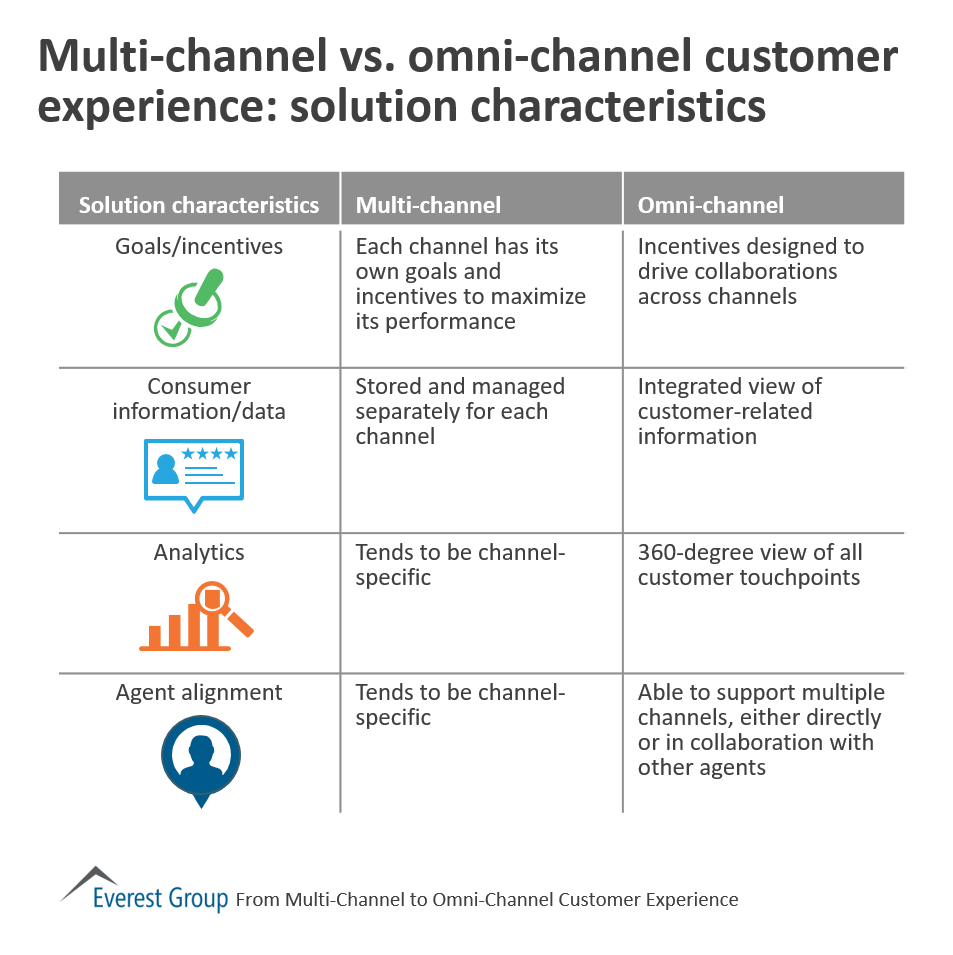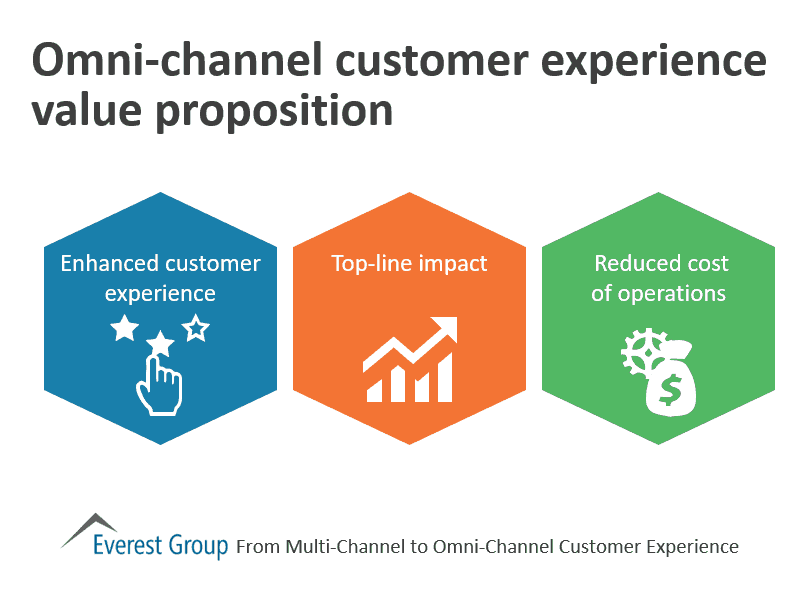May 12, 2017
Every year, IvyExec.com – a curated online network of the world’s most successful executives – surveys more than 5,000 professionals to rank their current or previous consulting firm employers against five key parameters: Work, Culture, Money, Leadership, and Prestige.
In 2017, more than 95 percent of the respondents who ranked Everest Group gave the boutique global consultancy four or five stars on the provided five star scale. Comments from respondents included:
- Growing, entrepreneurial firm with top strategy consultant talent rivaling the MBBs. Early and significant opportunities for impact working with C-level executives at Fortune 100 firms.
- High-performing culture and ability to advance as quickly as you are able.
- Great people, interesting and challenging work; we make a real difference for our clients
- We are thought leaders in the industry, and often thought of as a much larger firm than we actually are. That’s simply because the quality of our work has provided us with a stellar reputation as facts-first, unbiased consultants and analysts.
- Flat hierarchy, freedom to innovate, collaborative and open culture, talented people.
- The firm gives even junior employees ample client experience, with very competitive pay/bonuses.
About the Rankings
Ivy Exec surveyed over 5,000 current and former employees of approximately 100 global management consultant firms. Firms were divided into two groups according to the number of employees, with firms employing fewer than 1,000 employees classified as boutiques. Respondents rated the firms in five areas: Work, Culture, Money, Leadership, and Prestige. Ivy Exec used a proprietary algorithm to create the rankings.
About Ivy Exec
Ivy Exec is a curated community of the world’s most successful executives and professionals. Their exclusive portfolio of career-focused experts & recruiters, curated job listings, and proprietary company & business school profiles helps their members continue achieving their biggest career objectives. Always inspired by its members’ goals and aspirations, Ivy Exec is their long-term partner — helping them thrive in their career, and harness their best-in-class insights for enduring success




